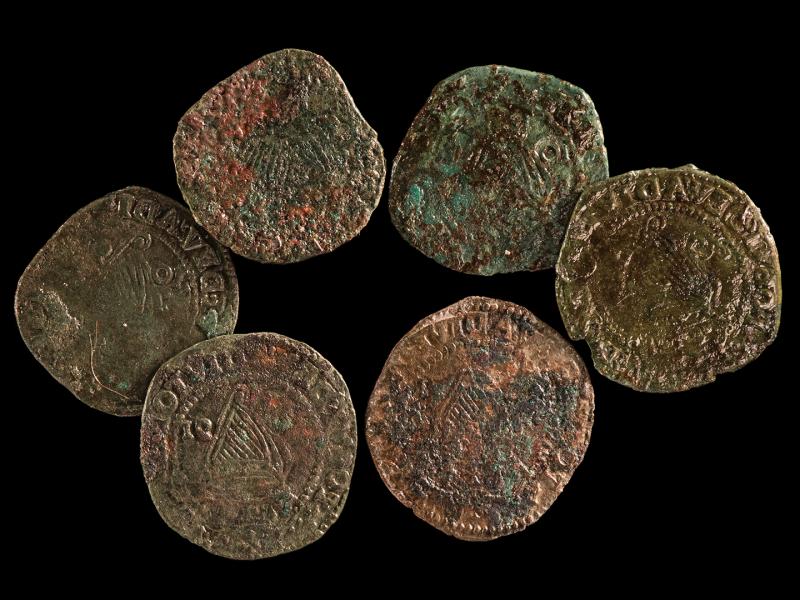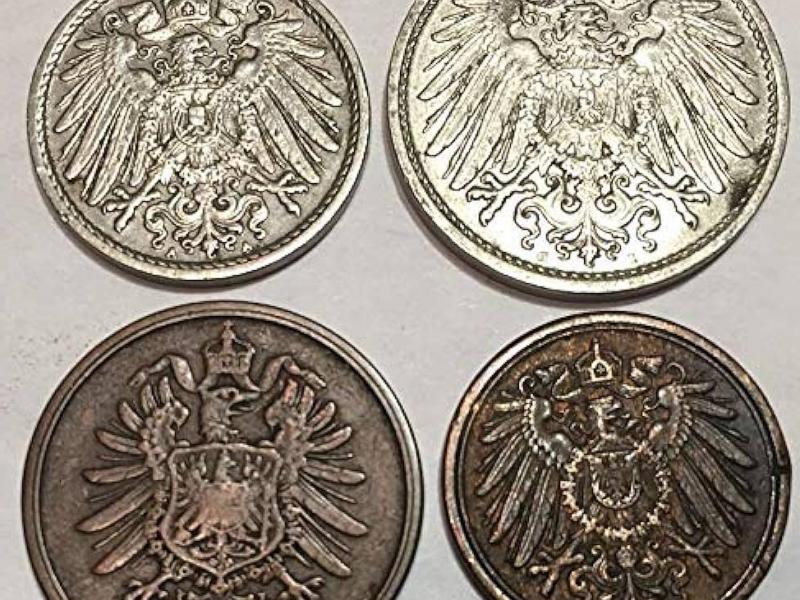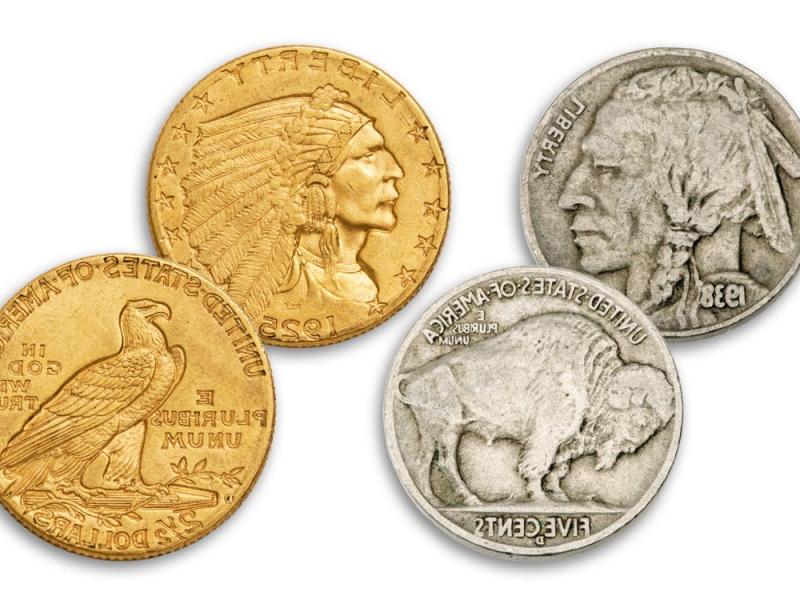Exploring the Significance and Worth of German Coins
17.10.2023

German coins hold a significant place in the world of numismatics, offering not only a glimpse into the country's rich history but also serving as valuable collectibles for enthusiasts and investors alike. From ancient Roman coins to the modern Euro currency, German coins have evolved over centuries, reflecting the nation's cultural, economic, and political developments. In this article, we will delve into the value of German coins, both in terms of historical importance and their worth in the collectibles market.
German coins have a long and diverse history, dating back to the days of the Roman Empire. During this time, Germany was part of the Roman province of Germania, and Roman coins circulated throughout the region. These ancient Roman coins, such as the denarius and aureus, provide a fascinating insight into the economic and social dynamics of the time. They are highly sought after by collectors due to their historical significance and rarity.
Moving forward in history, the German states minted their own coins during the Middle Ages and the Renaissance period. These coins, known as thalers, were widely used for trade and commerce. The most famous of these is the Maria Theresa thaler, minted in the 18th century and still being produced today. These coins are highly prized by collectors for their intricate designs and historical value.

The 19th century saw the unification of Germany under the leadership of Otto von Bismarck. This period marked the introduction of the German mark as the official currency. The early German mark coins, featuring the bust of Kaiser Wilhelm I, are highly collectible due to their historical significance and limited availability. These coins often command high prices in the numismatic market.
In the 20th century, Germany went through significant political and economic changes, which is reflected in its coins. The Weimar Republic era, from 1919 to 1933, witnessed the issuance of unique and artistic coins. The most famous of these is the 1923 hyperinflation-era coin, known as the "rentenmark." These coins, with their intricate designs and historical context, are highly sought after by collectors.
The Nazi era, from 1933 to 1945, also produced a range of coins that are of great interest to collectors. The most notable is the 5 Reichsmark coin, featuring the image of Adolf Hitler. These coins, despite their controversial nature, hold historical significance and are sought after by collectors of World War II memorabilia.
In modern times, Germany adopted the Euro as its official currency in 2002. The German Euro coins, with their unique designs representing different states and landmarks, have become popular among collectors. The limited edition and commemorative coins, such as the special edition 2 Euro coins, often have a higher value due to their rarity and demand.

When it comes to determining the value of German coins, several factors come into play. The rarity, condition, historical significance, and demand among collectors all contribute to the coin's worth. Rare coins, such as those from ancient Rome or the hyperinflation era, can fetch high prices in auctions and specialized numismatic markets. Additionally, coins in pristine condition, with minimal wear and damage, are more valuable than those in poor condition.
Collecting German coins can be a rewarding hobby and a potentially lucrative investment. However, it is crucial to research and educate oneself about the market trends, authentication methods, and reputable dealers. Joining numismatic societies, attending coin shows, and consulting experts can provide valuable insights and guidance for collectors.
In conclusion, German coins hold immense value both in terms of historical significance and their worth in the collectibles market. From ancient Roman coins to modern Euro currency, each coin tells a story and offers a tangible connection to Germany's past. Whether you are a history enthusiast or a passionate collector, exploring the world of German coins can be a fascinating journey into the country's rich heritage and a rewarding investment opportunity.


 Send us a Tweet!
Send us a Tweet!

